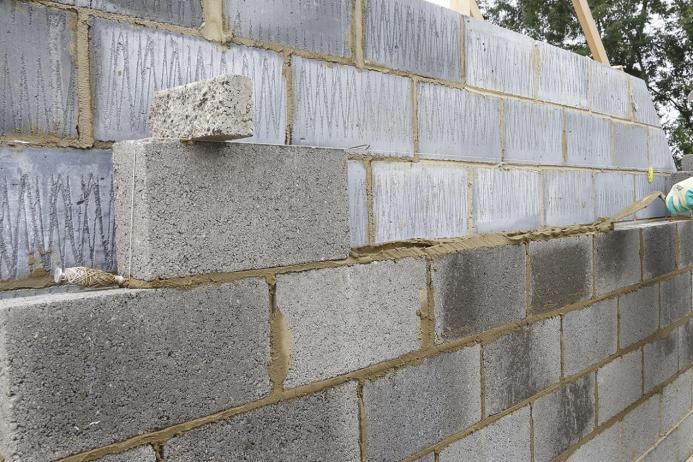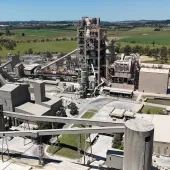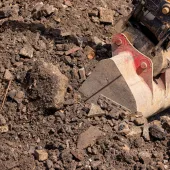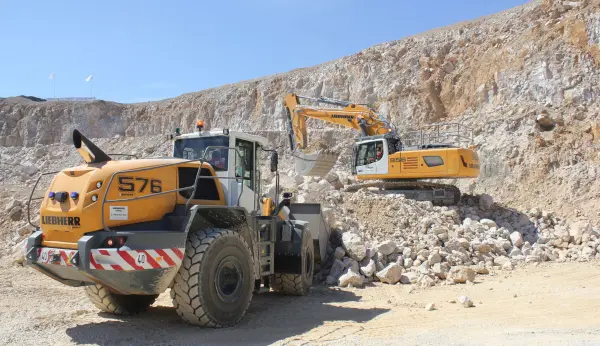MPA welcomes new Future Homes Hub report
Better data, lower carbon: Study provides important new insights into carbon for new homes
NEW research showing a negligible difference in whole-life carbon emissions between concrete masonry and timber construction has been welcomed by the Mineral Products Association (MPA).
The Future Homes Hub (FHH) report ‘Embodied and Whole Life Carbon of Future Homes Standard Options’ presents whole-life carbon data for three different types of construction, testing two different homes with walls made from concrete blocks and one using timber.
According to the MPA, the findings challenge common assumptions about building materials. For example, the FHH research shows the whole-life carbon for a new mid-terrace house ranges from 571 to 584kgCO2e/m2 across the various construction specifications, a difference of just 2% between timber and concrete.
The report concludes that the different specifications ‘have broadly similar upfront and whole-life embodied carbon impacts’ and there is ‘no silver bullet solution when it comes to reducing the embodied carbon of new homes’.
The MPA argues that many other advantages of concrete – such as fire resistance, durability, longevity, thermal mass, and a resilient local supply chain – along with new advancements in low-carbon concrete, make it a superior choice for building sustainably.
Elaine Toogood, MPA senior director for concrete, said: ‘Measurement is key to reducing the carbon footprint of all buildings over their whole lives, so it’s good to see the Future Homes Hub publishing this study based on their Whole Life Carbon Tool to assist the housing sector in making informed decisions for construction.
‘As the report states, all construction products will need to decarbonize to help reduce the housing sector’s carbon footprint. The UK concrete industry will continue to make progress on its Roadmap to Beyond Net Zero, including accelerating the availability of lower-carbon concrete products and helping house builders to make informed choices about the use of concrete masonry in building design.’
The Future Homes Hub was established to facilitate the collaboration needed within and beyond the new homes sector to help meet the climate and environmental challenges ahead. The new FHH report has been published as a resource for home builders and designers navigating the path to net zero.
Robert McIlveen, the MPA’s senior director for communications and public affairs, said: ‘All too often we observe evidence-free, hyperbolic rhetoric on the use of construction materials in political debate, so it’s really welcome to have a measured, data-led report for all parties to base their decisions and priorities on. The message to developers and policymakers is clear: don’t exchange the long-term and well-established resilience of concrete for a marginal whole-life carbon savings from the use of timber.’










